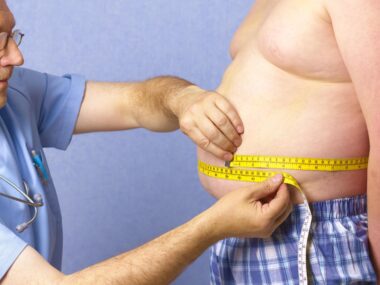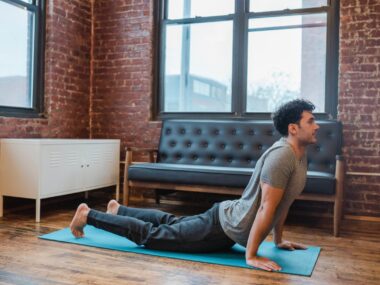Functional fitness is pivotal in promoting active ageing and mitigating the risk of age-related decline among older adults. As individuals age, maintaining physical independence, mobility, and overall well-being becomes increasingly crucial for maintaining a high quality of life.
Functional fitness, characterized by exercises that mimic and improve activities of daily living, offers a holistic approach to ageing gracefully and preserving functional capacity well into the later years.
The Aging Process
The ageing process is associated with many physiological changes impacting physical function and mobility. These changes include loss of muscle mass and strength (sarcopenia), decreased bone density (osteoporosis), diminished joint flexibility, and decreased cardiovascular fitness and balance.
As a result, older adults may experience difficulties with activities such as walking, climbing stairs, lifting objects, and maintaining balance, increasing their risk of falls, injuries, and loss of independence.
Benefits of Functional Fitness

Functional fitness programs are specifically designed to address the unique needs and challenges faced by older adults, focusing on improving strength, flexibility, balance, and cardiovascular fitness through targeted exercises that simulate real-life movements.
By incorporating functional movements such as squats, lunges, pushing, pulling, bending, and twisting, older adults can enhance their ability to perform activities of daily living with greater ease and efficiency.
One of the key benefits of functional fitness
- For longevity it is emphasised on strength training and muscle preservation. As individuals age, a natural decline in muscle mass and strength can contribute to functional limitations and increased risk of falls and fractures. By engaging in regular strength training exercises, older adults can maintain and even build muscle mass, improving overall strength, power, and endurance.
- Strength training also plays a crucial role in preserving bone density and reducing the risk of osteoporosis and fractures, particularly among postmenopausal women who are at greater risk of bone loss. Weight-bearing exercises such as squats, lunges, and resistance training with weights or resistance bands help stimulate bone growth and remodelling, enhancing bone density and strength over time.
In addition to strength training, functional fitness programs incorporate exercises that target balance and proprioception, essential components of mobility and fall prevention. Balance exercises such as single-leg stands, heel-to-toe walks, and balance board exercises help improve stability and coordination, reducing the risk of falls and injuries. Proprioceptive exercises, which focus on body awareness and control, further enhance balance and neuromuscular function, promoting safe and efficient movement.
- Cardiovascular fitness is another key component of functional fitness for longevity, as it supports heart health, circulation, and endurance. Aerobic exercises such as walking, cycling, swimming, and dancing help improve cardiovascular function, increase stamina, and boost energy levels, enabling older adults to stay active and engaged in daily activities.
- Beyond the physical benefits, functional fitness has a positive impact on mental and emotional well-being, promoting cognitive function, mood, and overall quality of life. Regular exercise has been shown to reduce the risk of cognitive decline and dementia, improve mood and self-esteem, and enhance social connections and community engagement, all of which contribute to a sense of vitality and purpose in later life.
Moreover, functional fitness programs can be tailored to accommodate individual needs and preferences, making them accessible and enjoyable for older adults of all fitness levels and abilities. Whether participating in group classes, working one-on-one with a personal trainer, or following a home-based exercise program, older adults can find a variety of options to suit their interests and goals.
In summary, functional fitness is a valuable tool for promoting active ageing and reducing the risk of age-related decline among older adults.
By incorporating strength training, balance exercises, cardiovascular workouts, and proprioceptive drills into their routine, older adults can enhance their physical function, mobility, and overall well-being, enabling them to live independently and enjoy a high quality of life well into their later years. Embracing a lifelong commitment to functional fitness can empower older adults to age gracefully, with strength, vitality, and resilience.
Related Tags
Taiwo Olawuyi
Taiwo Olawuyi is a highly dedicated and passionate professional blogger, renowned for her ability to create captivating, informative, and engaging content in the realm of health and wellness. She holds a Bachelor's degree in Political Science from Olabisi Onabanjo University and a Master's degree in Adult Education from the prestigious University of Ibadan. Her profound passion for health and wellness, coupled with her unwavering dedication to her audience, serves as a constant source of inspiration and enlightenment for readers worldwide.











1 comment
I think every concept you put up in your post is strong and will undoubtedly be implemented. Still, the posts are too brief for inexperienced readers. Would you kindly extend them a little bit from now on? I appreciate the post.